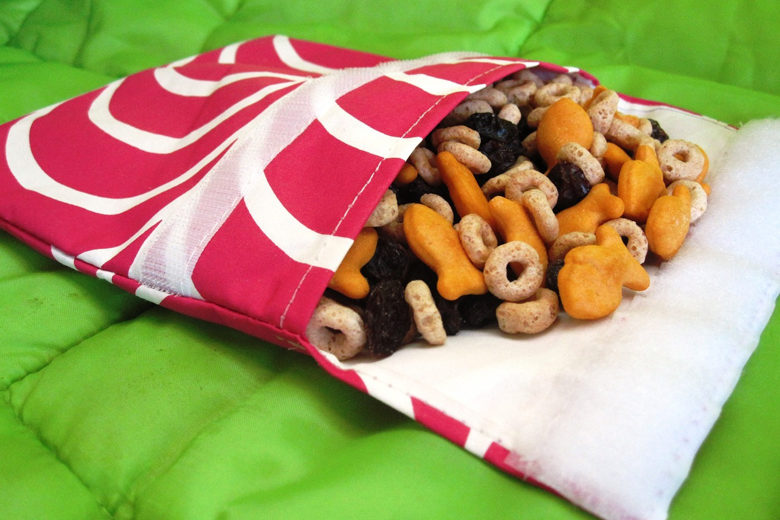
With school well underway, it’s time to think snacks. While nutritious meals are of course imperative, purposefully mindful and healthy snacks to keep your child going throughout the day are equally as important. As parents, we must work within the school guidelines for snacks in class. These may include things such as not allowing snacks that contain peanuts or require utensils.
The philosophy here is to provide an overview of nutrition concepts so you can put foods together on your own according to taste preferences. For this post, I’m including sample foods that would work in a classroom setting — i.e. no required heating or preparing and do not require forks or spoons. If you get the base concept down with putting a snack together, then you can vary food ideas beyond what you see here in the classroom or home setting.
For all snacks — be they for children or adults — you want to try to include at least two food groups to maximize nutritional value and keep energy levels stable. You can accomplish this by choosing one high-quality carbohydrate food along with one high-quality protein food as your child’s complete snack.
Here are a few steps to make this easy:
1. First, choose your carbohydrate.
You want to choose foods that are closest in original form or, if packaged, have no added sugars. Examples include a myriad of easily edible fruits and veggies, whole grain crackers and air-popped popcorn.
2. Got it? OK, now choose your protein-rich food item.
For protein, the same suggestion of minimally processed in the food’s most original form applies. Think nuts, nut butters (if your child’s school requires nut-free then sunflower seed butter should be allowed), seeds, cheese of all kinds, greek yogurt squeezers and lightly salted soybeans.
We love the reusable ice cubes for perishable lunches and snacks, as they have minimal sweating when they thaw out. Surround any cold snacks with these cubes in a plastic bag or container.
Remember, the foods featured here are not all-inclusive. They are only meant to get you thinking along these lines. Your child has celiac disease or a food allergy? Using this concept, adapt your choices to be gluten- or allergy-free. If you are in a pinch for time, consider a snack that might have two food groups rolled into one. For the classroom, you might choose a whole grain low-sugar (<10 grams) granola bar with minimal additives.
You could also try this healthier version of a trail mix. Since your child is in class and not on the trail, the proportions are modified to provide just the right amount of energy.
The idea for the trail mix is simple: 2/3 of the mix is your base grain — whole grain cereal, baked crackers and/or pretzels — and the rest of the mix should be higher calorie additions such as dried fruit and nuts. A high fiber base followed by a salty + nutty + sweet flavor combination usually makes for a tasty and still healthy snack.
Here is a quick mix I give families — multiply the amounts as desired for a larger batch to use throughout the week:
- 1 cup regular low-sugar whole grain cereal Os
- 1 cup whole grain cheddar crackers or pretzels
- 1/3 cup your favorite nuts or seeds
- 1/3 cup dried fruit such as raisins or cranberries
What is your favorite snack combination?





